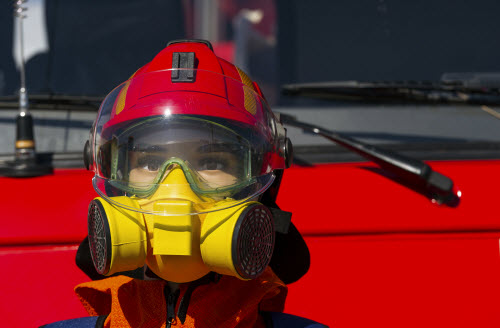Hazard Prevention and Control
Once hazards have been identified, it is crucial to take measures to prevent and control them. Continuously reviewing the farmstead, shop areas, and work practices is essential to effectively manage and mitigate workplace hazards.
There are several ways to prevent and control hazards, including:
1. Regular and thorough equipment maintenance: Ensuring that equipment is regularly maintained helps identify and address potential hazards before they escalate.
2. Implementation of hazard correction procedures: Having well-defined procedures in place for correcting hazards is vital to promptly address any identified risks.
3. Proper use and maintenance of personal protective equipment (PPE): It is essential for everyone to be knowledgeable about the correct usage and maintenance of PPE to maximize its effectiveness in protecting against hazards.
4. Adherence to safe work procedures: Promoting a culture of safety where everyone understands and follows safe work practices significantly reduces the risk of workplace hazards.

After hazard detection, it is crucial to take appropriate actions to prevent, correct, or control both existing and potential hazards. The following systems can be employed to achieve this:
1. Engineering Controls: The most effective strategy is to control hazards at their source. Engineering controls focus on designing the work environment, equipment, and processes to eliminate or minimize hazards.
2. Administrative Controls: These measures aim to reduce employee exposure to hazards through practices such as additional relief workers, exercise breaks, and worker rotation. They are often used in conjunction with other controls.
3. Personal Protective Equipment (PPE): When hazards cannot be completely eliminated or controlled through engineering or administrative controls, the use of appropriate PPE provides an additional layer of protection.
4. Systems to Track Hazard Correction: Keeping track of hazard correction is essential in maintaining a safe and healthy work environment. Documentation and reporting mechanisms ensure that hazards are promptly addressed and monitored.
5. Preventive Maintenance Systems: Implementing preventive maintenance programs plays a vital role in ensuring that hazard controls continue to function effectively. Regular maintenance minimizes the risk of equipment malfunction and the emergence of new hazards.
6. Emergency Preparation: Unforeseen emergencies can introduce new hazards to the workplace. It is crucial to be prepared by conducting surveys, planning actions to mitigate the impact of emergencies, and providing appropriate employee information, training, and drills.
CONTACT US
HEAD OFFICE
QTEC TECHNOLOGY CO., LTD.
ADDRESS: 457 BOND STREET ROAD, TAMBOL BANGPOOD, AMPHUR PAKKRED, NONTHABURI 11120 THAILAND
LINE: @qtec-technology
Email: e-sales@qtec-technology.com
TEL: +66(2) 583 8300
Facebook: QtecTechnology


